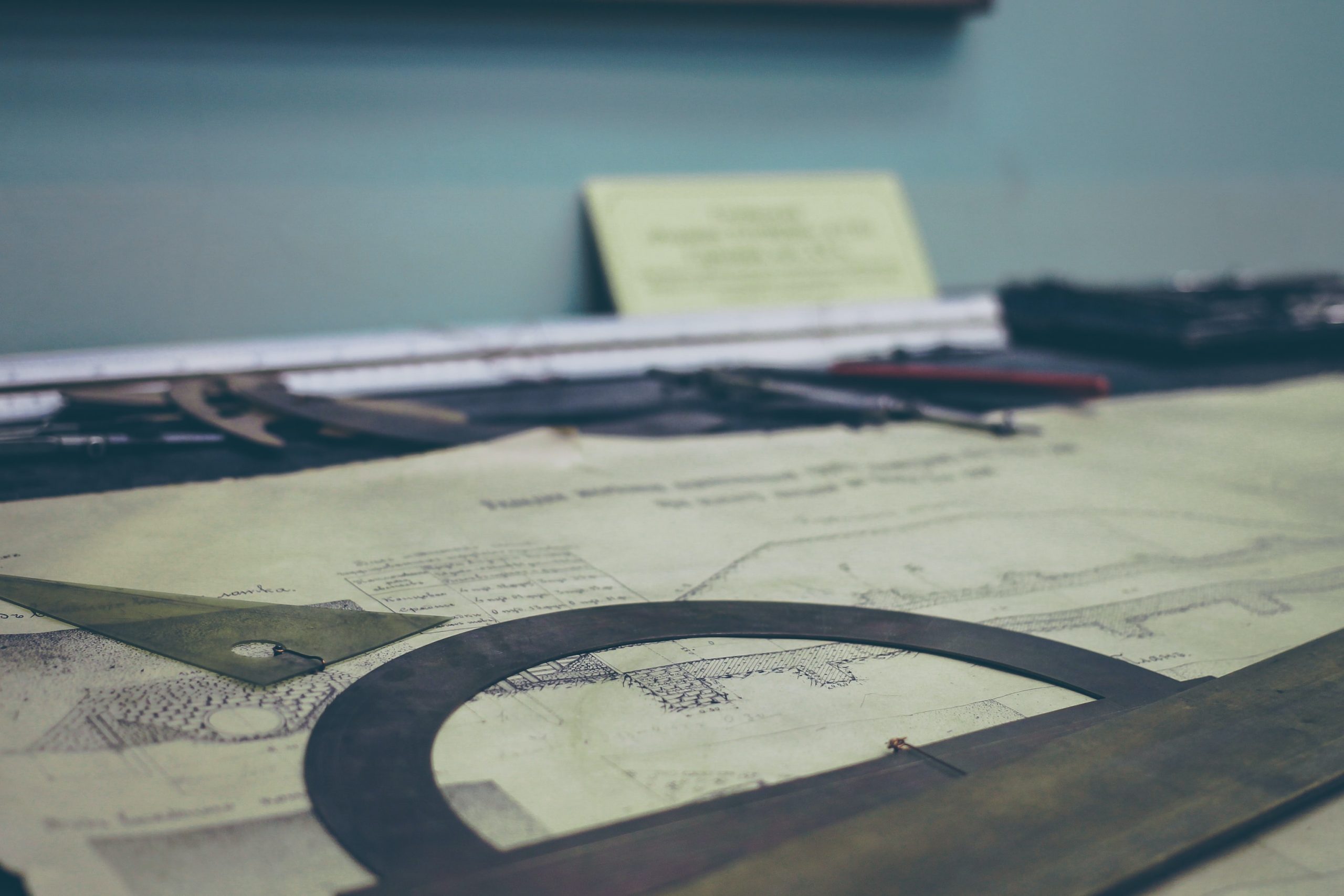
Technical documents are written in a specific style to make them more reader-friendly. Their standard format and style make it easy for readers to understand complex information quickly and efficiently. Good stylistics helps you articulate your thoughts and make your document look professional and organized. This means that technical papers should have appropriate headings, subheadings, tables, lists of figures, and references. Moreover, the paragraphs should be concise with bulleted lists and numbered lists wherever necessary. Readers judge a book by its cover just as much as they do its contents. Good stylistics ensures that people are attracted and hooked to your document!
Why is good stylistics important?
Good stylistics makes reading a document more enjoyable. Simple things like correct spelling, punctuation, and sentence structure make a big difference. Poor stylistics can make an otherwise well-written paper seem unprofessional or even unintelligible. In business, clarity of thought and expression is essential for success. If a company’s internal communications are clumsy or error-filled, employees may misunderstand one another or become confused about critical issues. Bad grammar also makes a company look uneducated or unprofessional in the eyes of clients or investors. Readers judge documents almost instantly by their appearance as well as the content. They subconsciously register how easy it is to read and respond accordingly—with attention, trust, and interest.
Presenting your thoughts matters when writing an article, a blog post, a thesis, or any other document. If you succeed in gaining the reader’s attention by using the right words and avoiding clumsy expressions or grammatical errors, you will be able to make your message much clearer. Even though it is not the focus of your document, good stylistics can help your readers understand what you want to say much faster. They make your content look organized and easy to follow. That is why they’re essential tools that every professional writer should know how to use appropriately.
A good writer will have a natural sense of what is correct in terms of word use, sentence structure, and punctuation, but many writers can benefit from some pointers on improving their writing further. Stylistic concerns often fall by the wayside when people are eager to get something written. However, investing time in thinking about how you want your piece to read can make it much more substantial.
Finally, good stylistics makes it easier to change your document in the future without having to rewrite it entirely. You can adjust the sections that need changing while keeping the entire document simple and organized. If a reader must go back and reread sentences to understand what you mean, they’re less likely to read your paper in its entirety.
How to improve your stylistics?
Readability: Your style should be readable and engaging. Achieving this will help your paper appeal to readers, including those less familiar with your subject area.
Grammatical accuracy: This is particularly important in academic writing, where you’re expected to use correct grammar and punctuation. Fortunately, many resources can help you improve your grammar skills.
Consistency: Inconsistency in your writing style can make your paper look disorganized and confusing. You can avoid the problem by implementing a writing style guide and sticking to it.
Formatting: Every field has its specific formatting style. Follow the right one to make your work appealing and relevant to your audience.
Don’t overload your document with too much text
You don’t want to go overboard with formatting. Avoid overusing bold, italic, or all-caps text, as this can be too aggressive and distracting. Avoid extensive use of footnotes, too. The first paragraph of your document should draw the reader in and introduce the topic. You should have a clear structure in your head while writing the rest of the document. The easier it is for the reader to follow your train of thought, the better!
Use header, footer, and running head for different document elements
Header: These are the elements at the top of your document that contain the title, author, and any other important information for the reader. They are typically placed at the top of the page, but you can choose where to place them based on your document type and style guide.
Footer: These are the elements at the bottom of your document that typically contain the company’s name or the person who wrote the article.
Running head: These elements appear at the top of each document page and include the title, author, and publication information. The running head is typically placed in the center of the page, but you can choose where to put it based on your document type and style guide.
Use subheadings
Subheadings are the main section headings that appear within your main text. They can help break up your content into digestible chunks, making it easier for readers to follow. Be sure to use them correctly. For example, you should use them only once per section and ensure that every subheading is related to the document’s main topic.
Use lists
Lists are an excellent way to divide your paragraphs and highlight key points. There are several types of lists you can use to support your writing:
Bulleted: A list of items that don’t have a number or a heading. They are often used to highlight key points or examples related to the text.
Numbered: A list of items with a number or a heading. They are often used to highlight key points or examples related to the text.
Combination: A combination list has both bullets and numbers. They are suitable for lists that have both key points and examples.
Conclusion
Jargon, long sentences, and too much technical language can make papers less appealing for the public to read. Technical writing isn’t just about communicating complex topics; it’s also about sharing those topics in a way that’s accessible and engaging for a wide range of readers. Stylistics can be the difference between a paper that makes an impact and one that falls flat.

